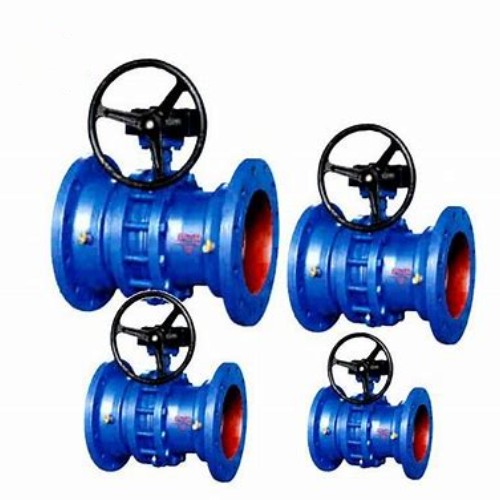Top Manufacturers of Flanged Gate Valves for Various Industrial Applications
Flanged Gate Valves A Comprehensive Overview for Manufacturers
In the realm of industrial applications, valves play a crucial role in managing the flow of liquids and gases. Among the various types of valves, flanged gate valves are particularly prominent due to their reliable performance and versatility. This article aims to explore the significance of flanged gate valve manufacturing, their design, applications, and the critical considerations for manufacturers in this sector.
What are Flanged Gate Valves?
Flanged gate valves are a type of valve that utilizes a flat gate-like disc to control fluid flow. The valve is opened or closed by moving the gate perpendicular to the flow, which provides a clear passage when fully open and an effective seal when closed. The term flanged refers to the protruding rim or edge at the valve's ends, allowing for easy connection to pipelines through bolted joints. This design offers advantages in terms of strength, stability, and ease of maintenance.
Key Features and Specifications
Flanged gate valves are designed to operate under a variety of pressure and temperature conditions. They are typically available in several materials, including cast iron, stainless steel, brass, and bronze, allowing them to be tailored for specific applications. Manufacturers must consider factors such as
1. Pressure Rating Common pressure classes for flanged gate valves include ANSI 150, 300, 600, and higher ratings for more demanding applications.
2. Size and Dimensions These valves are available in various sizes, typically ranging from 1 inch to 48 inches in diameter. The choice of size impacts both flow capacity and installation requirements.
3. End Connections Besides flanged ends, gate valves may also feature threaded or welded connections depending on the installation needs.
4. Stem Design The stem mechanism can be rising or non-rising, a critical aspect that influences the valve's operational efficiency and space requirements.
Applications of Flanged Gate Valves
flanged gate valves manufacturer

Flanged gate valves are widely used across multiple industries due to their efficiency in handling a variety of fluids, including water, oil, gas, and chemicals. Their applications include
- Water and Wastewater Treatment These valves are essential in controlling water flow in treatment plants and distribution systems. - Oil and Gas Industry From upstream extraction to downstream refining, flanged gate valves regulate fluid flow in pipelines, tank farms, and refineries. - Power Generation They play a pivotal role in steam control and water supply for thermal and nuclear power plants. - Chemical Processing In chemical manufacturing, these valves help manage the flow of corrosive substances safely and effectively.
Manufacturing Considerations
For manufacturers of flanged gate valves, there are several key factors to ensure quality and performance
1. Material Selection Choosing the right materials is paramount to withstand specific corrosive and temperature conditions. Extensive testing and certification ensure that materials meet industry standards.
2. Quality Control Implementing stringent quality control measures throughout the manufacturing process helps to eliminate defects and ensure that each valve meets performance specifications.
3. Compliance with Standards Adhering to industry standards such as API, ASME, and ISO is crucial for ensuring safety and reliability. Manufacturers should remain updated on the latest regulations and standards.
4. Customization Capabilities Offering customization options can attract a broader clientele. This includes unique sizes, materials, or actuation methods that meet specific customer needs.
5. Technological Advancements Embracing new technologies in manufacturing processes, such as computer-aided design (CAD) and advanced materials, can improve product efficiency and durability.
Conclusion
Flanged gate valves are indispensable in various industrial applications, ensuring effective flow control with reliability and ease of maintenance. For manufacturers, understanding the critical aspects of design, material selection, and quality assurance is vital to producing high-performing valves that meet market demands. As industries continue to evolve, the focus on innovation and efficiency will drive the development of even more advanced flanged gate valves, solidifying their position in the global market.
-
High-Security Lockable Gas Valve - Tamper-Proof ControlNewsAug.30,2025
-
Reliable Hydraulic Valves for Efficient Fluid ControlNewsAug.29,2025
-
Reliable Electric Actuators for Industrial Valve AutomationNewsAug.29,2025
-
Premium Line Blind Valves for Secure Pipeline IsolationNewsAug.29,2025
-
Premium Electric Valves for Smart Fluid Control SolutionsNewsAug.29,2025
-
Precision Balanced Valves for Optimal System PerformanceNewsAug.29,2025
-
Heavy-Duty Flanged Butterfly Valves for Water SystemsNewsAug.29,2025




